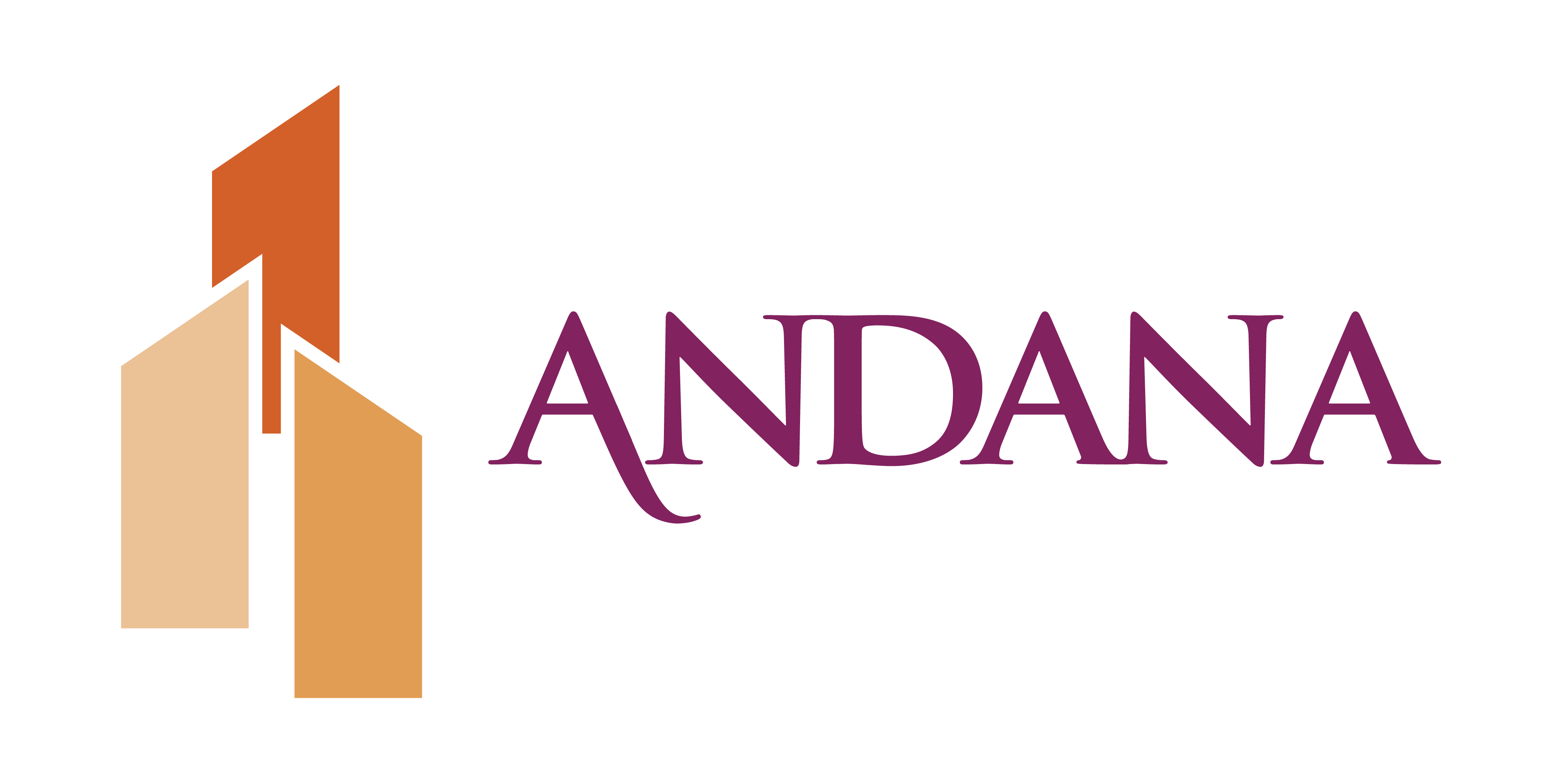
An SF330 Synopsis is the driving force of proposals in the architecture and engineering industry. At the federal level, firms win work by submitting qualifications before negotiating cost due to the Brooks Act. It is crucial to have a deep understanding of what our potential clients are requesting by engaging in capture activities and by a close reading of the solicitation documents. All firm stakeholders must have the capability to dissect and understand the components of a synopsis, as this leads to creating a stellar submittal. The key to understanding what goes into an SF330 submission begins in the opportunity presented, that is, the components of a solicitation. There are specific items that should be located before going after a bid. The following are just a few key components necessary to breaking down a solicitation.
- Response Date – First and foremost, know when your response is due. This is a must as we sometimes have to acknowledge that meeting a deadline may not be possible. It is okay to admit that you were late to the game, but it is also important to understand that even if one week or one month to turnaround a proposal may not be ample time to create a quality package. Available resources, relevancy of the services being provided, and overall firm qualifications are things to consider when assessing how much time a firm truly has to compile the necessary documents into a submittal.
- Solicitation vs Pre-Solicitation– Typically the federal government releases the SF330 requests via a synopsis on SAM.gov. The synopsis is the “solicitation” for A/E SF330 submissions. The government often releases the synopsis as a “pre-solicitation” because there is no fee involved so in their terminology, it is not a solicitation. Don’t let that fool you – if there is a full synopsis and a due date, this is what you need to respond with your SF330. The synopsis will describe the contract requirements, scope of the project, anticipated number of contracts, contact details, the process for questions, the proposal submission requirements / instructions and the selection criteria.
- Solicitation Type – If an AE firm is bidding services not covered under Brooks Act, then you might be responding to a solicitation. There are three typical solicitations. Review the document to see if it is a Request for Proposal (RFP), Request for Qualifications (RFQ) or Request for Information (RFI)? These three submittal types, while similar, require different information. Qualification-based proposals more often than not do not require a price proposal in the final package. This may allow your firm to reallocate time and resources into creating a strong response package, which otherwise would have been dedicated to a price proposal.
- Submittal Requirements / Selection Criteria – What absolutely has to be included in this submittal? Ask yourself this as you browse the solicitation. Review in detail the selection criteria and additional instructions. Agencies have been adding specific requirements to the SF330 such as what dates they consider relevant for past performance or adding a firm’s small business status to Section C as well as the Part II or asking for Part IIs to be submitted separately from Part I or asking for PPQs as an attachment or to attach the JV agreement. All of these details must be captured before you start writing the SF330 and must be included to deliver a compliant response. To read more about how the USACE uses and evaluates the SF330, see page 3-5 of the EP-715-1-7. They even provide examples of firm ratings.
A handy tool to use during this process is your proposal checklist, which highlights information taken directly from the solicitation and calls attention to key points. Download a sample proposal checklist that Andana uses for proposals. We have found great success in using this checklist, as we are able to organize and thoughtfully layout our plan of execution. Information such as what goes on the cover of a submittal, who is the point of contact (POC), and the close date for questions are a few items pictured on our checklist. It is also important to identify what may categorize a solicitation as a “No-Go.” There may be some hidden content in the requirements which limits your firm from submitting a package, or maybe something that increases your chances of winning. Either way, dissecting every portion and reviewing it often as you compile your package is very important. - Questions – We more often than not require clarification when sifting through a solicitation, in which case appropriate questions should be generated to send to the POC by the questions due date. A few questions you may consider when deciding if the content you are reading needs clarification are as follows:
- Font size/type – Are you bound to a minimum font size, and if so, can graphics and tables use smaller or larger font sizes?
- Clarification of Services – If you find yourself asking a question related to the scope of services, a question is necessary. Solicitations are not always straightforward, in which case, it is crucial to clarify in the off chance a requirement is misinterpreted, in turn disqualifying your firm’s chance at a win.
- Clarification of Evaluation Criteria – If the documents are not clear about how items will be evaluated, submit a question to get a better understanding of what reviewers will be looking for and what criteria is more important.
- Page Count – Confirm that the page count written in the solicitation is final. Are resumes a factor? Table of contents, cover pages? All are necessary and should be asked in order to provide a quality submittal.
Be sure to include the solicitation number, title and firm name when sending in. Make it easy for the end-user to see what firm is asking the question, and that you understand this is for XX solicitation due XX date. Please be aware of the questions you are asking and have a team member confirm that the answer is not already highlighted in the solicitation. One of the worst things you may accidently do is reveal a lack of knowledge or preparation on your part if a question is asked with a clear answer already given.
6. Evaluation Factors – Know what components of your submittal are weighted heavier than others. Project experience may have a higher impact on the score of your submittal than personnel qualifications. These items are important to keep track of when reviewing any solicitation, as it determines what content you will pull, which team members you will utilize, and who the lead on this potential project should be. Keep in mind that the elevation criteria may point out that your firm should “No-Go” a proposal.
The key to understanding and really breaking down the guts of a solicitation is thoroughness. If something you read seems important, it most likely is. If something is conflicting or confusing, use the Question-and-Answer period or pre-bid meeting to get clarification from the client.
Be sure to remember and use the key points above when analyzing any solicitation and give the proposal checklist a try. You may be pleasantly surprised at how organized your thoughts are when following a checklist and organize callouts in a way that provides and understanding to the entire proposal team on the kick-off call.
